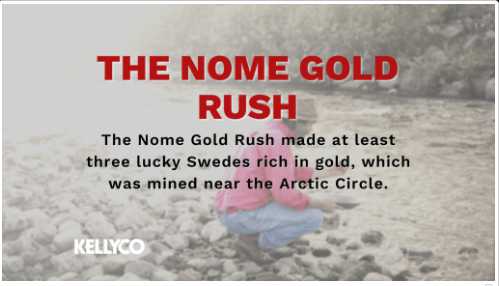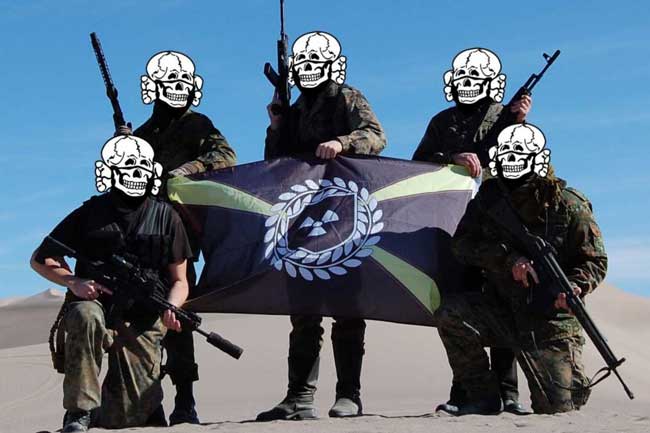
On August 17th, 1896, Keish, the son of Kaachgaawáa, chief of the Tagish Deisheetaan, made the gold discovery on Rabbit (Bonanza) Creek that would spark off what would become known as the Klondike Gold Rush.
Keish, better known to history as Skookum (Strong) Jim Mason, gained his name Skookum because of his strength and ability to carry at least 100 pounds as a packer from the Alaska coast over the passes of the Yukon River system.
After initially prospecting for gold along the Yukon River in 1888, Skookum Jim chose to stay in Tagish while his sister Kate and her husband George Cormack left to go prospecting in the 40-mile region. Several years later, after hearing no news from his sister and her husband, Skookum Jim set out with his two nephews to search for them, and would find his sister, her husband and their daughter at the mouth of the Klondike River.
After helping out with the fishing nets, Skookum Jim and one of his nephews, Charlie, set out to prospect the Klondike Basin. In August, one of the party found a nugget the size of a dime on Rabbit Creek. Four claims were made and in four years the team took out over a million dollars worth of gold.
Keish and his nephew would stake further claims and in 1904, Keish would sell off his claims for $65,000.
Keish had difficulty adapting to his newfound wealth, as did his wife. She would end their marriage in 1905 and moved back to the coast of Alaska to be with relatives.
That same year, Keish would set aside in a trust for Yukon Indians and his daughter’s education. He would also build a home for his sister Kate after George left her pennyless.
Skookum Jim would remain generous the rest of his years and passed away in 1916 after a long illness.
In 2022, an asteroid in the asteroid belt between Mars and Jupiter was named after him by the Royal Astronomical Society of Canada.
August 17th is still celebrated as Klondike Discovery Day.[content id=”79272″]






